Jason Bailer Losh is an American artist based in Brooklyn, New York. He grew up in the midwestern town of Denison, IA. Denison is also the birthplace of actress Donna Reed, whose Hollywood fame distinguishes the creative identity of the town to this day. Following in her footsteps, Jason initially enrolled in the Iowa State University to study art and theater but soon his focus entirely shifted to the fine arts while at the Central Academy of Fine Arts in Beijing, China. In 2007, Jason received an MFA from the School of Visual Arts in New York and that degree sealed his career path as a visual artist.
By borrowing the aesthetic vernacular of Americana, his art evokes complex personal responses to his viewers. The focus of his work is the preservation of family traditions and heritage and how specific memories and objects are passed down through generations. Its intention is to find the disconnect between generations and salvage what has been lost. Invested in his culture, Jason celebrates isolated moments that have captured his imagination. Read on and discover an era and parts of America that are almost forgotten.
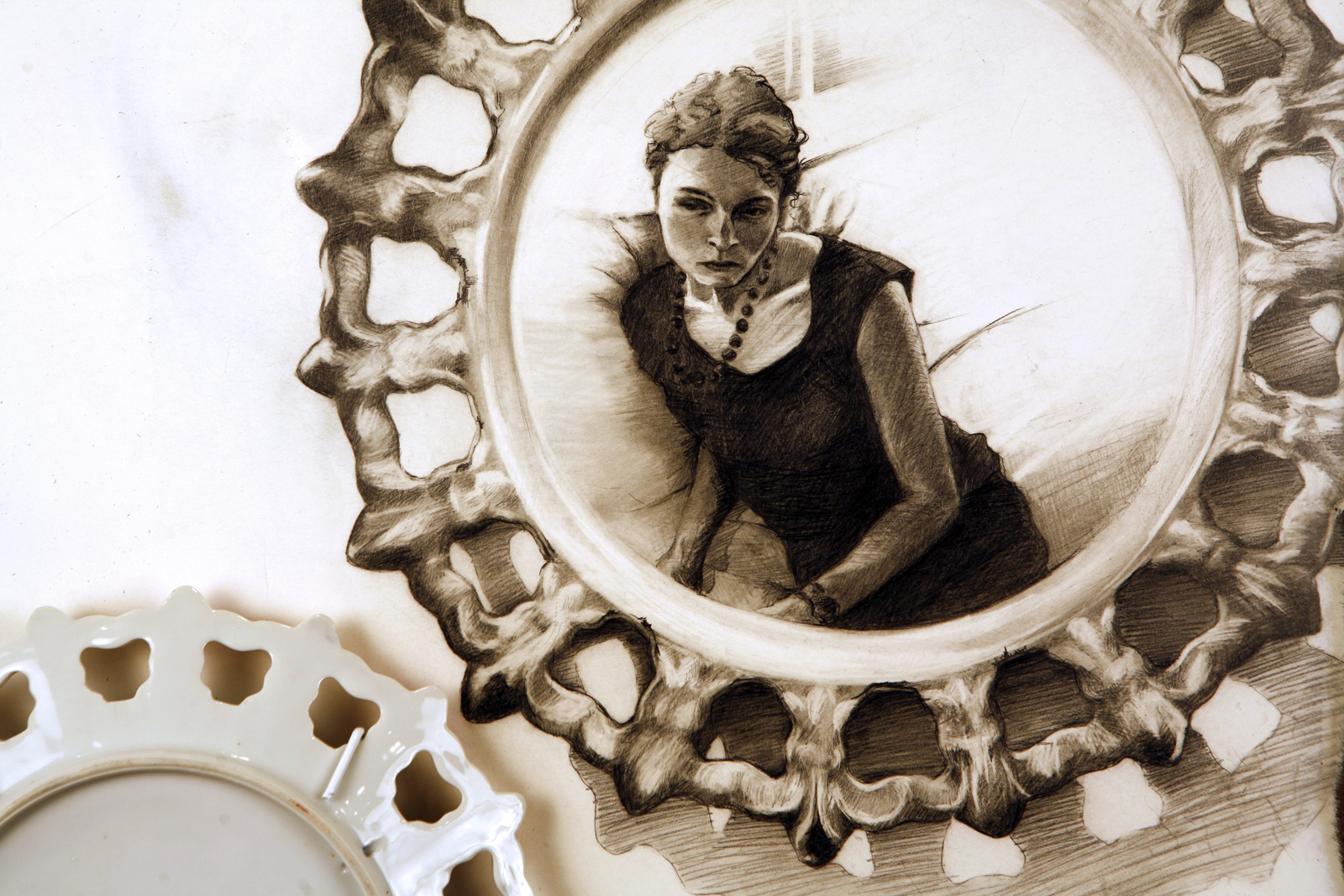
Jason Bailer Losh, "Grotto of the Redemption" (detail), 2010. Graphite on clay board, porcelain place.
Georgia Kotretsos: First things first: is there an art discipline that guides your creative thinking? I suspect there is, but I’d prefer to hear it straight from you.
Jason Bailer Losh: My first introduction into making art was as a child with my father teaching me woodcarving. He’s a carpenter, mechanic, and natural inventor, so growing up, I was fortunate enough to learn the art of carpentry and welding, among other hands-on practices. When I started studying art, I focused on painting and drawing, specifically portraiture, and I referenced artists like Eakins, Sergeant, and Henri. It wasn’t until I came to New York City to pursue my MFA at SVA that I started to work with my hands again. It was through the tutelage of artists such as Julianne Swartz that I became more intimate with my own work and went back to the roots of my art and sculpture. On an aesthetic level, I still look at my sculptures as I would a painting. I build layer by layer until the piece starts to work. On a conceptual level, I start with an idea and I let the process of creating define and develop the work. I rarely sketch or create drafts before I start; it just doesn’t feel natural.
GK: By looking into your past, do you move forward? How do you pick and choose which elements to draw from when converting your stored visuals into artworks?
JBL: I grew up with storytellers in my family and I hadn’t realized the power a good story could hold if told to the right individual or at the right moment until I started to reference that history in my work. Ultimately, I choose which memories to develop in my work based on what stories I feel need to be preserved. I’m processing my own history and passing it on so it won’t be forgotten. In that process, you can’t underestimate your audience; the viewer has an understanding of when you’re being honest with them and sharing something personal. That moment allows viewers to find their own reference points.
The work 30 Homes My Father Built is a series of images and video footage from a road trip I took with my father across western Iowa where he showed me all the homes he’d built over the last 50 years. While driving through the countryside, I realized most of the small towns in which he had built these homes were slowly disappearing because of corporate farming or population migration to urban areas. There was an understanding that if these small towns disappeared, then so would the homes my father built, and with them a piece of my heritage. The subject became so loaded that I’ve attempted multiple versions of the piece but I’ve never been able to get my head wrapped around where it needed to go. The current incarnation is a set of three images of an empty road taken from the passenger side of the truck we drove. These images sit on my website unfinished and unexplained. Having them open to the public incomplete is a way for me to work through the process of creating a final work. They are important enough to me that they need to be shown in some form at all times.
If Wishes Were Horses, Beggars Would Ride is an example of how a simple story can push a project forward. I was 8 years old in 1985 and I was sitting on the front porch of my babysitter’s house on a sunny Iowa day. I remember a flash of color pulling into the driveway and immediately running toward it without thinking twice. It was a baby blue 1978 Pontiac Trans Am. My sitter had two teenage daughters and this car held one of their suitors, decked out in a pair of cut-off jean shorts, a bleached blond mullet, and a pair of Oakley sunglasses. I remember him running his hand along the front fender as he walked by me into the house to find his girl. It was a moment I hadn’t even realized I remembered until I drew up the plans for the sculpture. Once the work was complete, the only thing the viewers wanted to talk to me about were their own memories of Trans Ams and where they were 25 years ago. My piece was bringing about an unintended sense of nostalgia amongst my audience.
GK: Adages are often used as your titles, the writing in your works, or even the actual work itself. They are usually passed on from generation to generation verbally. What role has your upbringing and your family played in passing on these proverbs to you?
JBL: All of the adages I’ve used in my work have been passed down from my grandmother to my mother and then to me. My grandmother passed away when I was four years old, so those sayings have helped me form the memory of who my grandmother was and what she meant to my mother. That verbal history can be more meaningful than memories derived from physical objects, upon which you imprint your own assumptions. “You know you’re not forgotten by the boy you can’t forget”; “Discard not the old for the new, but keep the ones who are good and true”; “You can send a fool to college, but all you get is an educated fool.”
GK: Americana is highly associated with nostalgia and patriotism. By talking to you, it became clear to me your interest comes from the heart and I absolutely value your sincerity as an artist. On the other hand, though, the notion of patriotism has been redefined, re-invented and messed with this past decade in the U.S. Have you ever considered how your own work may politically frame you and has there been a point where your criticality has come head-to-head with your sentiment?
JBL: I don’t believe that Americana and patriotism are mutually exclusive. I’m aware of the iconography of my images and their references to patriotism and Americana. I don’t have a specific intent to create that aesthetic; it’s just a natural response to how I grew up in the Midwest and how I live my life. I’m not a cowboy, a conservative, or even particularly patriotic, but I like that my work is a form of Americana. I have sentimental feelings regarding my childhood, my family’s heritage, and Iowa. I’m honest about where I’m from and who I am…if I wasn’t, the artwork would suffer.
GK: Let’s lighten up and talk cars. If Wishes Were Horses, Beggars Would Ride, is beyond a sculpture; it’s a monument to an era of mobile American jewels. A Pontiac Trans Am on a pedestal is a very specific point of personal reference to you but it also opens up an entire can of pop culture worms for your audience. We’re talking star quality cars with a career: the 1977 Pontiac Firebird Trans AM in Smokey and the Bandit; the Dodge Charger 1969 in The Dukes of Hazard; the infamous K.I.T.T 1982 Pontiac Trans AM in Knight Rider. These objects had leading roles – while the roads had been transformed into runways for Mustangs, Plymouth Barracudas, Chevrolet Cameras, etc. Please talk to me about this very authentic American automobile aesthetic.
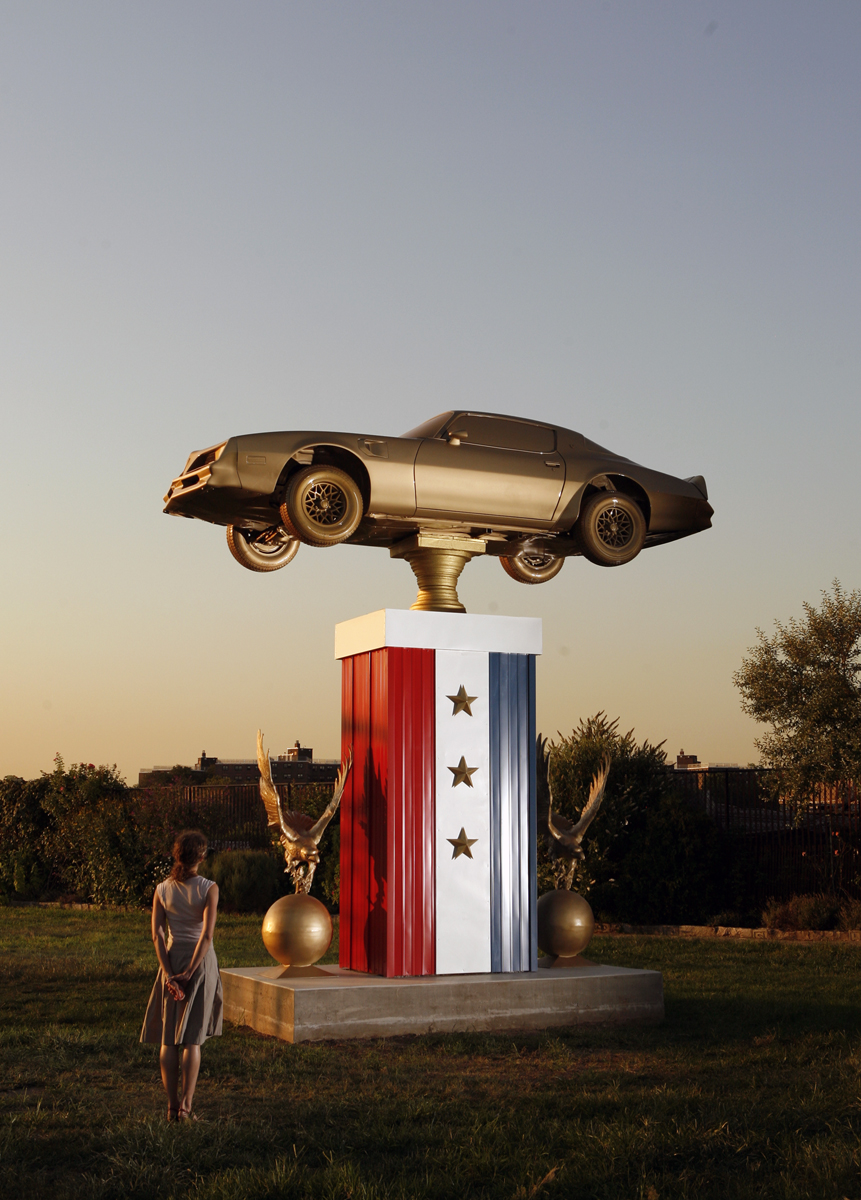
Jason Bailer Losh, "If Wishes Were Horses, Beggars Would Ride," 2008. Concrete, steel, aluminum, 1978 Trans Am, 17' x 6' x 11'. EAF Exhibition, Socrates Sculpture Park, New York City.
JBL: There are many artists creating work based around or incorporating the classic American muscle car. I think it’s easy to see what the attraction is on a basic level: it’s a teenage boy’s dream. That era isn’t totally gender specific – my mom had a ’68 Mustang Fastback – but it is geared toward young men. There’s purity in the original muscle cars that contemporary high performance vehicles don’t have. Imagery in films and TV helped support the role of these cars as part of the American dream. The degradation of U.S. automakers’ influence in American households is symptomatic of the culture surrounding the contemporary American automobile.
GK: Invite me in and take me through your studio, please.
JBL: It’s a pit…and we like it that way because we are always working on new projects. My studiomate, Nick Brooks, and I split a space in Bushwick. The neighborhood is a little rough around the edges but there are artists all over the area because it’s affordable. The building is four floors of artist studios, and it has a large loading area with 24-hour access to a freight elevator. Elevator access is one of the more important parts of the building because we are constantly moving equipment and supplies in and out of the studio. We could probably use more space—it’s only 500 sq feet—but it works for us because it’s all we can afford and we like each other’s company. I need input while I’m creating, so if I had my own space I think it would hinder my creative process.
GK: Is there a secret to funding your projects or is it as simple as having a day job?
JBL: I work 43-50 hours a week shipping other people’s artworks worldwide and there’s never a dull moment. The job is great and I love the people I work with, and I’m able to fit in studio time on nights and weekends. I apply for fellowships and exhibitions constantly, and when they won’t cover the bills, I foot the bill myself. If you can’t put your full effort behind your own work, who else will be willing to support you?
GK: I hope to be in NY this coming fall to see the work you’ll be showing at Art in General. Would you be so kind to tell me a bit about the Chinese Take Out project?
JBL: Chinese Take-Out is a project unlike anything I’ve created before, and it was selected by Art in General for their new commission program. It’s a collaboration I organized between 12 artists that will contribute to a focused dialogue on culture, stereotypes, and cross-cultural communication within the Chinese American community in New York City, culminating in an exhibition at Art in General in the Summer of 2011. The exhibition will consist of finding Chinese take-out restaurants in Manhattan and Brooklyn that have over-sized light boxes illuminating well-known images of China (i.e. The Great Wall), then replacing them with images that represent home or family to each of the 12 artists. The images of China removed from the light boxes will then be exhibited in light boxes in the gallery space at Art in General. I first spoke with Margaret Chin of the New York City Council about the project, who directed us to Wellington Chen at The Chinatown Partnership, an organization dedicated to preserving Chinatown’s unique culture. Chen has been instrumental in assisting us. To get involved, viewers can join the Facebook group Chinese Take-out (An “Art in General” new commission). I designed this group to keep individuals updated on current events in Chinatown and let viewers know how to contribute to bettering the welfare of the community.
And that’s a wrap!

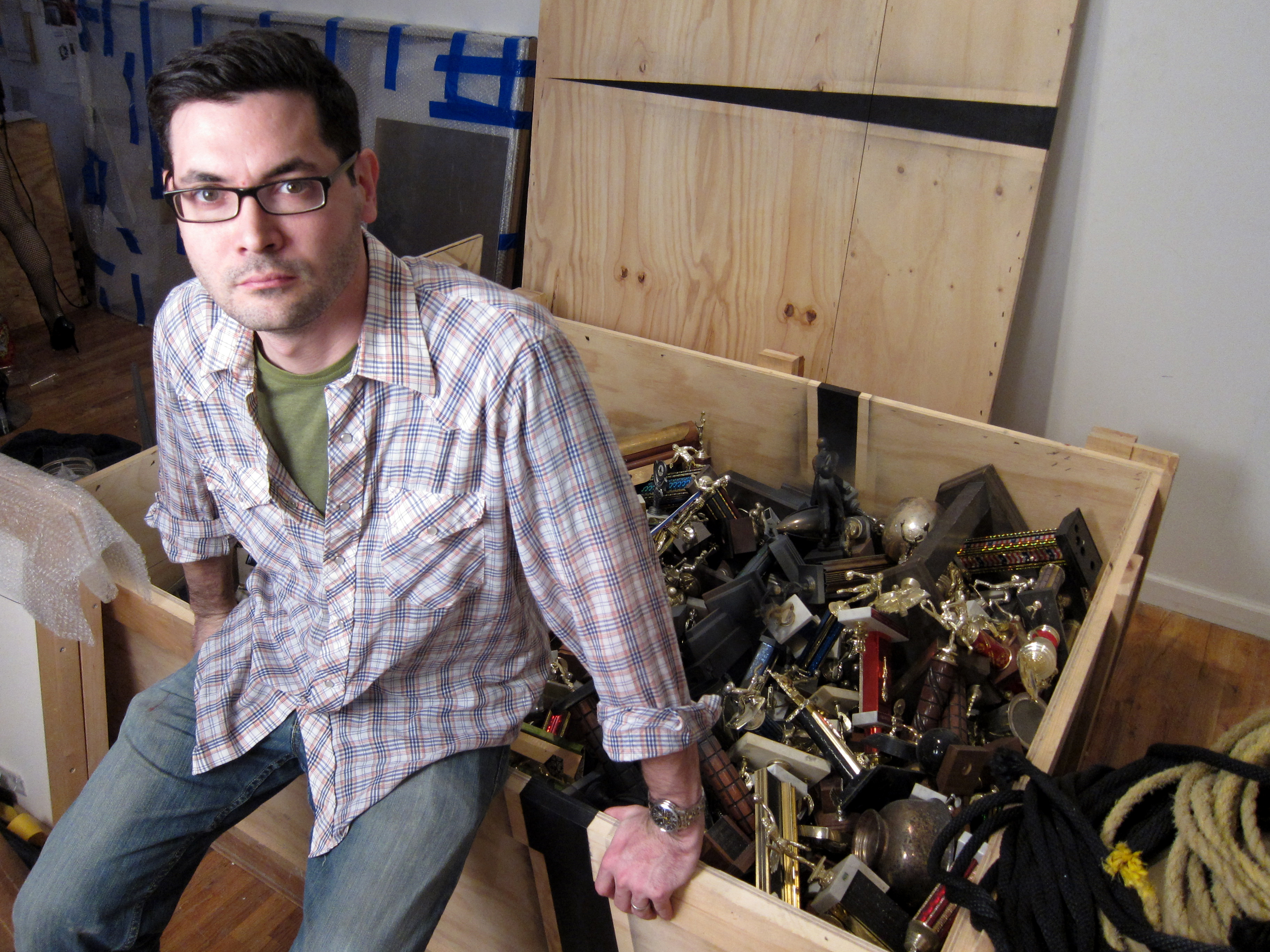
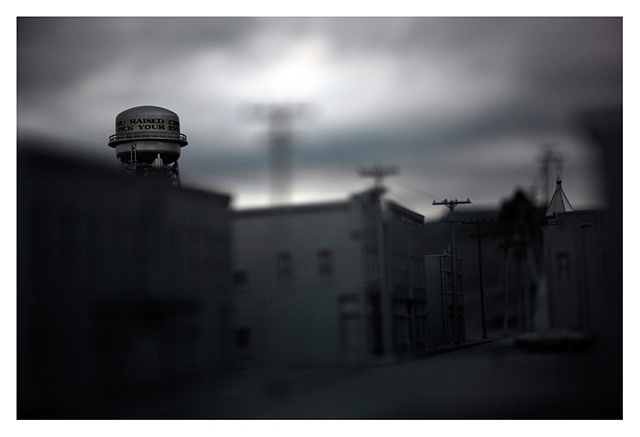
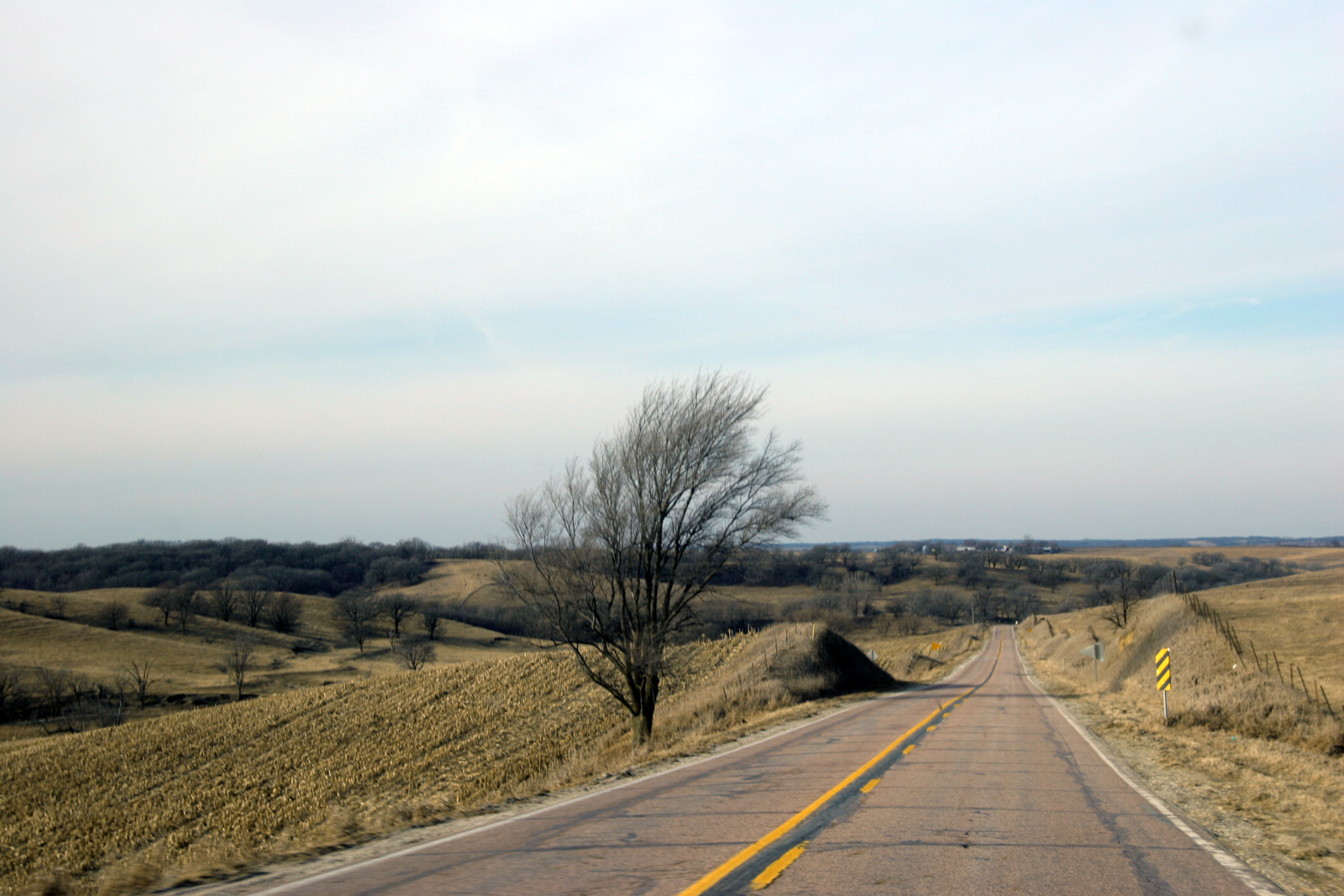

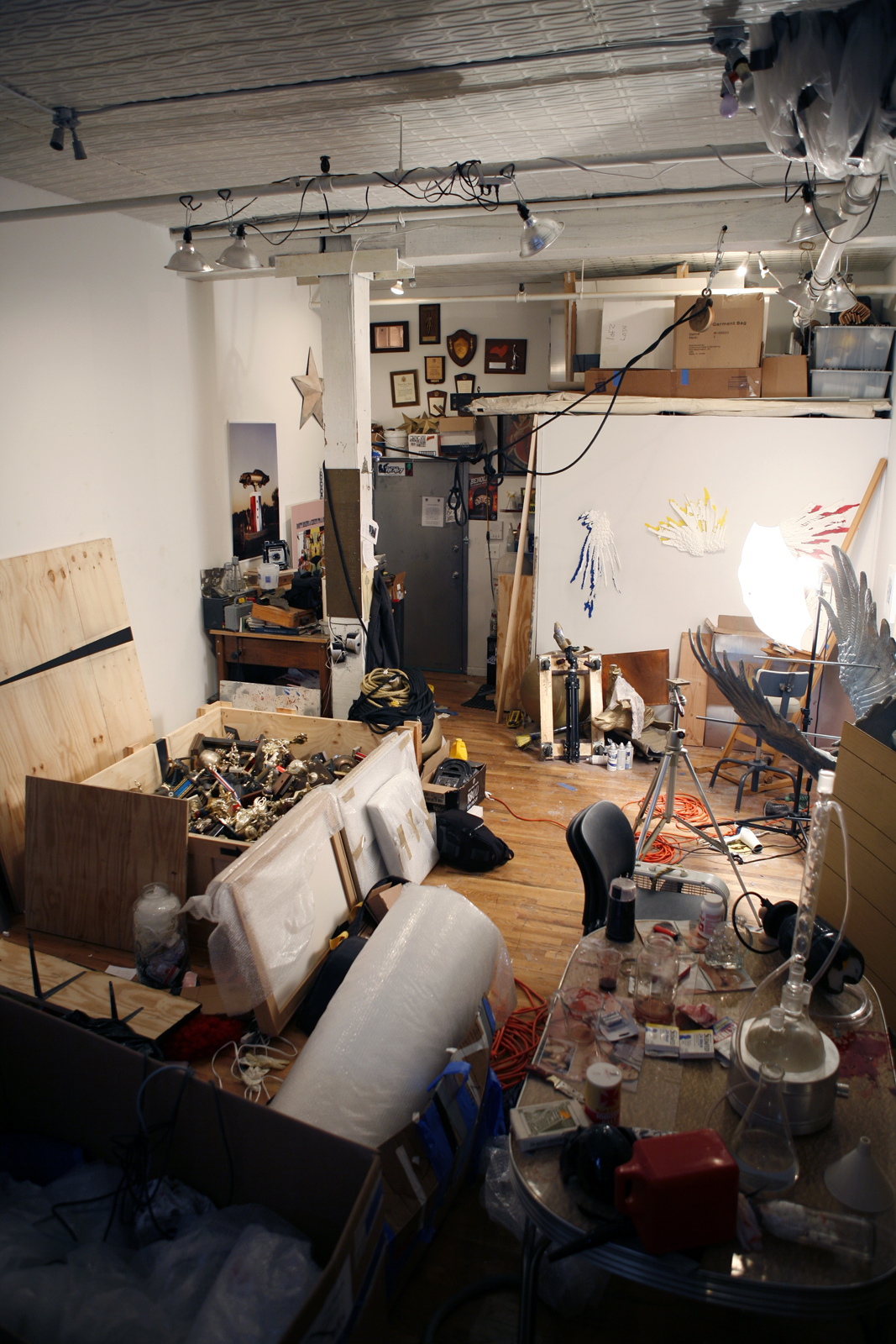
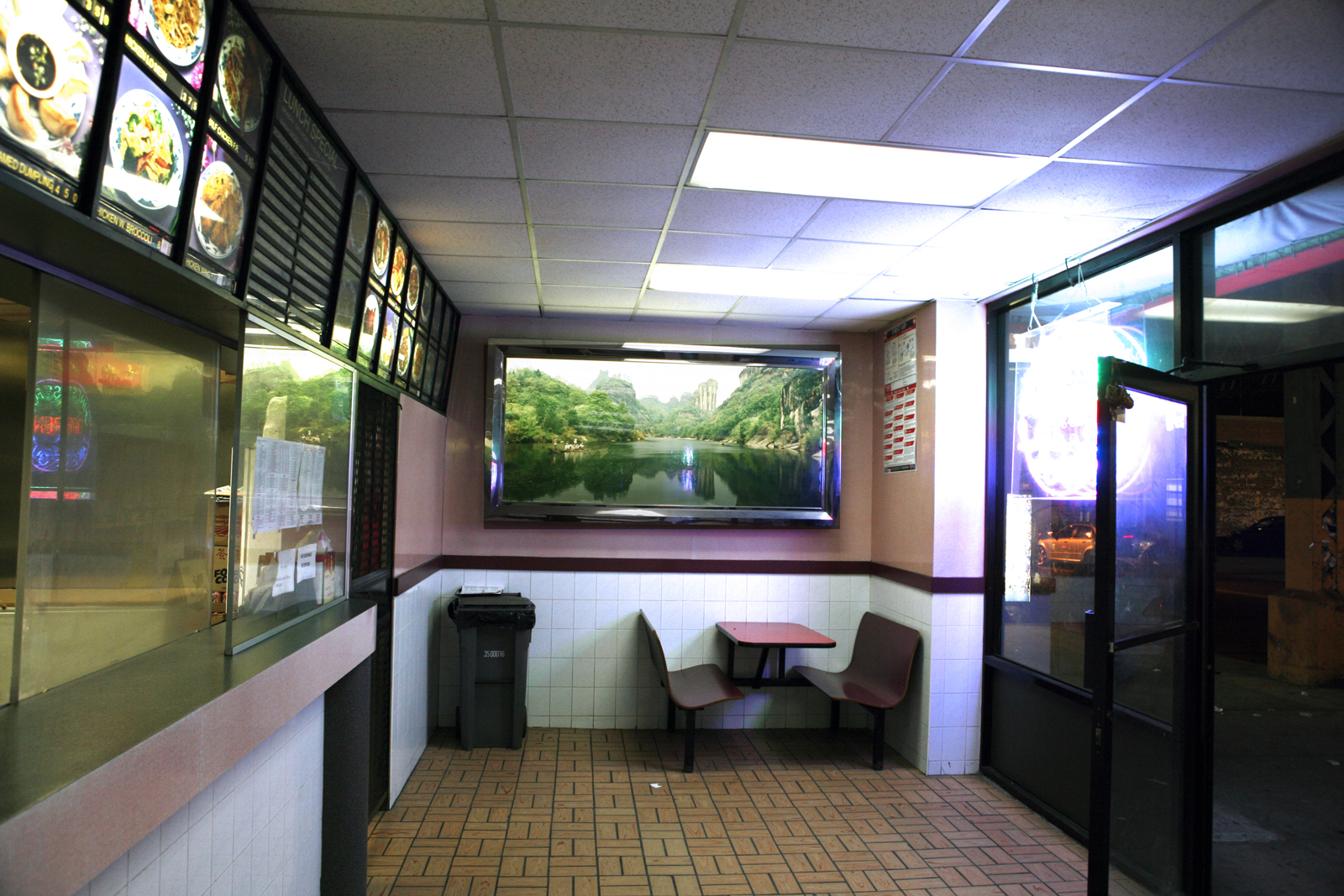



Pingback: Inside the Artist’s Studio: Jason Bailer Losh « Art in General Production Notes
Pingback: Visual Arts Briefs » Blog Archive » In The Press: Kate Gilmore in The New York Times
Pingback: Lecture 2: Howard Gardens « seamsandstitches